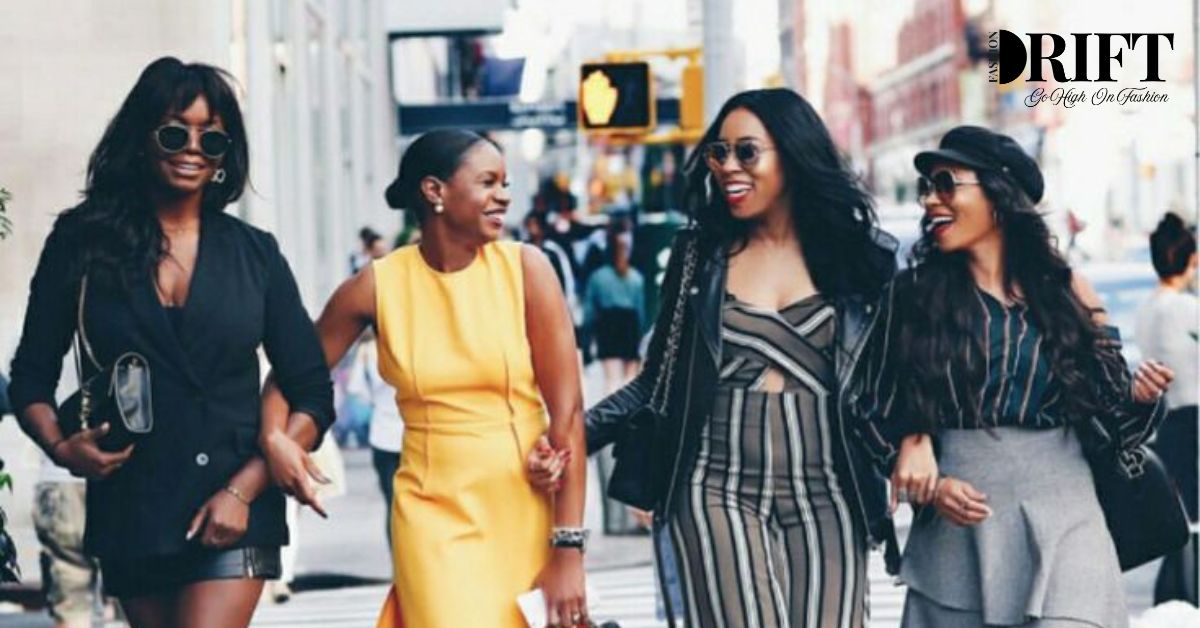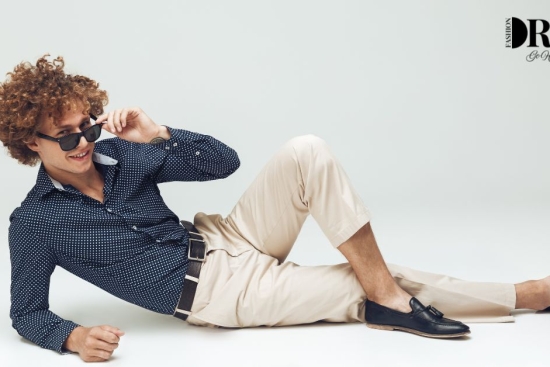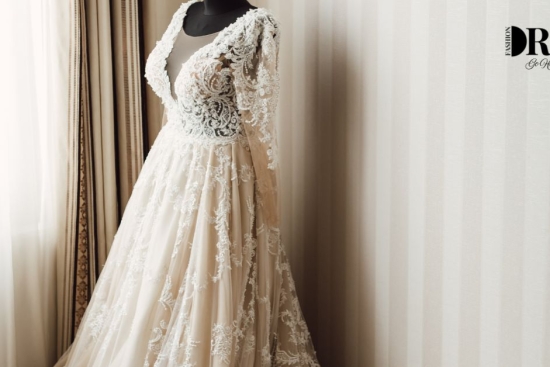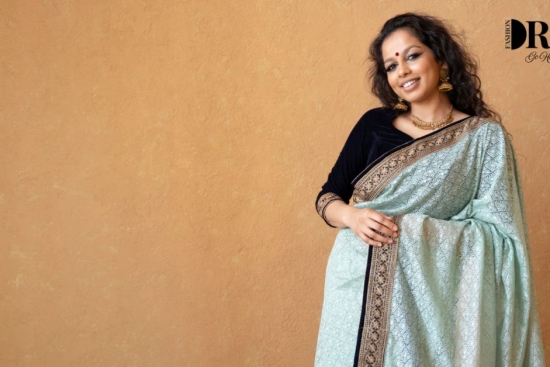
Fashion has always been a canvas for expressing individuality, creativity, and culture. In recent years, the globalized world has witnessed a Dynamic fusion of cultural influences in modern fashion trends. Designers and brands are drawing inspiration from traditional attire, historical motifs, and local craftsmanship to create designs that resonate globally. Below, we delve into 10 stunning examples of how culture shapes today’s fashion landscape.
1. Japanese Minimalism and the Rise of Functional Aesthetics
Japan’s cultural principles of simplicity, functionality, and elegance have profoundly influenced global fashion. The concept of “Wabi-Sabi,” which embraces imperfection and authenticity, has led to minimalist designs in clothing. Brands like Uniqlo and designers such as Yohji Yamamoto showcase clean lines, neutral tones, and high-quality fabrics, reflecting the Japanese ethos of practicality.
Key Features:
- Monochromatic palettes
- Oversized, comfortable silhouettes
- Emphasis on sustainability and long-lasting wear

2. African Prints Making Bold Statements
The vibrant, intricate patterns of African prints have made a significant mark on modern fashion. Ankara fabrics, kente cloth, and dashiki designs are being reimagined by both African and international designers. This trend celebrates African heritage while incorporating contemporary styles, making it a global phenomenon.

Key Features:
- Bright, geometric patterns
- Fusion of traditional and modern cuts
- Widespread adoption in accessories, such as bags and headwraps
3. Indian Embroidery and Textiles in High Fashion
Indian craftsmanship, especially in embroidery and textiles like silk and cotton, has inspired haute couture and streetwear alike. Designers such as Sabyasachi Mukherjee and international brands like Gucci have incorporated zari work, mirror embellishments, and block prints into their collections.
Key Features:
- Intricate beadwork and hand embroidery
- Luxurious fabrics such as silk and brocade
- Traditional motifs blended with Western silhouettes

4. Scandinavian Influence: Hygge Meets Style
The Scandinavian philosophy of “hygge,” emphasizing coziness and comfort, has translated seamlessly into fashion. Known for their effortless chic, Scandinavian brands like Acne Studios and H&M prioritize functionality and simplicity.

Key Features:
- Neutral colors and minimalistic designs
- Layered outfits suitable for cold climates
- Sustainable practices in fabric sourcing
5. Latin American Flair in Modern Boho
Latin America’s rich culture has inspired the resurgence of bohemian styles in fashion. Traditional elements like embroidered blouses, ponchos, and woven textiles are paired with contemporary designs to create a unique aesthetic.
Key Features:
- Bright colors and floral patterns
- Fringes, tassels, and handmade details
- Lightweight fabrics for a breezy look
6. Korean Streetwear: K-Fashion Revolution
With the global popularity of K-pop and Korean dramas, Korean streetwear has become a staple in modern fashion. Mixing playful, oversized pieces with edgy accessories, Korean fashion embodies both innovation and cultural pride.
Key Features:

- Layered, oversized outfits
- Unique combinations of formal and casual wear
- Bright colors and quirky patterns
7. Middle Eastern Luxury and Modesty in Modern Attire
Middle Eastern fashion is known for its luxurious fabrics, intricate beadwork, and modest silhouettes. Designers like Elie Saab and Zuhair Murad have brought Middle Eastern elegance to global runways, while brands focus on creating modest fashion for diverse audiences.
Key Features:
- Floor-length gowns and kaftans
- Rich fabrics like velvet and satin
- Embellishments with crystals and gold accents
8. Caribbean Vibes in Summer Collections
The vibrant and laid-back spirit of the Caribbean has influenced many summer collections. Designers draw inspiration from tropical prints, breezy fabrics, and festive colors that capture the essence of island life.
 Key Features:
Key Features:
- Bold, tropical prints
- Lightweight materials such as linen and cotton
- Relaxed, vacation-ready silhouettes
9. Native American Patterns in Ethical Fashion
Native American designs, including tribal patterns and beadwork, are influencing ethical fashion movements. Many brands collaborate with Indigenous artisans to create authentic pieces while supporting their communities.
Key Features:
- Geometric and symbolic patterns
- Earthy tones combined with vibrant hues
- Handcrafted details promoting sustainability
10. Chinese Silk and Dragon Motifs in Runway Fashion
Chinese culture’s rich history in silk production and the use of dragon motifs has inspired designers worldwide. Traditional Chinese clothing, such as the cheongsam and hanfu, has been modernized for contemporary fashion.
Key Features:
- Luxurious silk fabrics
- Red and gold as dominant colors
- Traditional patterns with modern cuts
Conclusion: A World of Style Through Cultural Lenses
Modern fashion is a reflection of the world’s cultural diversity, showcasing how traditional elements can be seamlessly integrated into contemporary designs. By embracing global influences, the fashion industry not only promotes creativity but also celebrates the rich tapestry of human heritage. Whether it’s the minimalism of Japan or the bold patterns of Africa, cultural influences will continue to inspire and shape the trends of tomorrow.
Incorporating cultural elements into fashion is more than just a trend—it’s a celebration of identity, history, and artistry. As designers and consumers alike explore these influences, the possibilities for innovation are endless. Let’s continue to embrace the beauty of diversity in style.






Comments (26)
📃 Notification; Operation 0,75235651 bitcoin. Get >>> https://telegra.ph/Ticket--6974-01-15?hs=2900ddbae40d64a52892c4e336cbb417& 📃says:
20/01/2025 at 17:50oh0os2
Brianvoksays:
29/01/2025 at 19:56migliori farmacie online 2024: farmacia online – Farmacia online piГ№ conveniente
Farmacie online sicure
Brianplodssays:
31/01/2025 at 09:32Farmacia online piГ№ conveniente http://farmaprodotti.com/# migliori farmacie online 2024
top farmacia online
DavidAbonssays:
31/01/2025 at 12:18http://taya777.icu/# Live dealer games enhance the casino experience.
Many casinos provide shuttle services for guests.
JosephLibsays:
31/01/2025 at 12:43taya777 register login [url=http://taya777.icu/#]taya777[/url] Live music events often accompany gaming nights.
Patricksnubysays:
31/01/2025 at 13:06Las ganancias son una gran motivaciГіn.: winchile – winchile
Lannypersays:
31/01/2025 at 14:38The casino atmosphere is thrilling and energetic.: taya777.icu – taya777 register login
DavidAbonssays:
31/01/2025 at 16:28http://winchile.pro/# Los casinos reciben turistas de todo el mundo.
Responsible gaming initiatives are promoted actively.
Patricksnubysays:
31/01/2025 at 18:05La mayorГa acepta monedas locales y extranjeras.: winchile casino – win chile
Williamamushsays:
31/01/2025 at 19:19Casinos often host special holiday promotions. https://phtaya.tech/# Many casinos have beautiful ocean views.
Lannypersays:
31/01/2025 at 19:34The ambiance is designed to excite players.: taya365 – taya365.art
DavidAbonssays:
31/01/2025 at 20:32http://taya365.art/# The casino atmosphere is thrilling and energetic.
The Philippines has a vibrant nightlife scene.
JosephLibsays:
31/01/2025 at 21:16taya365 com login [url=http://taya365.art/#]taya365.art[/url] The gaming floors are always bustling with excitement.
Patricksnubysays:
31/01/2025 at 23:00п»їLos casinos en Chile son muy populares.: winchile – win chile
Williamamushsays:
01/02/2025 at 00:14Visitors come from around the world to play. http://phmacao.life/# Players enjoy a variety of table games.
DavidAbonssays:
01/02/2025 at 00:22http://phmacao.life/# Live music events often accompany gaming nights.
Casinos offer delicious dining options on-site.
Lannypersays:
01/02/2025 at 00:25Players enjoy both fun and excitement in casinos.: taya777 login – taya777 register login
Patricksnubysays:
01/02/2025 at 03:48La iluminaciГіn crea un ambiente vibrante.: winchile casino – winchile
DavidAbonssays:
01/02/2025 at 04:07http://phtaya.tech/# The Philippines has several world-class integrated resorts.
The ambiance is designed to excite players.
Williamamushsays:
01/02/2025 at 04:56Casino visits are a popular tourist attraction. http://phmacao.life/# Players often share tips and strategies.
Lannypersays:
01/02/2025 at 05:05Las tragamonedas ofrecen grandes premios.: win chile – win chile
JosephLibsays:
01/02/2025 at 05:33taya365 com login [url=https://taya365.art/#]taya365 com login[/url] A variety of gaming options cater to everyone.
DavidAbonssays:
01/02/2025 at 07:37https://winchile.pro/# п»їLos casinos en Chile son muy populares.
Slot machines attract players with big jackpots.
Patricksnubysays:
01/02/2025 at 08:24Casino promotions draw in new players frequently.: phmacao com – phmacao com login
Williamamushsays:
01/02/2025 at 09:37Some casinos have luxurious spa facilities. http://taya777.icu/# Players can enjoy high-stakes betting options.
Lannypersays:
01/02/2025 at 09:40Visitors come from around the world to play.: phmacao – phmacao.life